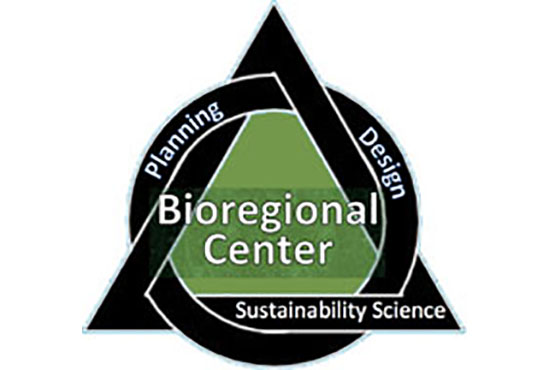Bioregional Center's Data Published to ArcGIS Online
With the current climate crisis threatening communities with increased extreme weather events, the risk of exposure to toxicants via stormwater runoff and flooding grows. With this in mind The Bioregional Center has been working with the Research Translation Core (RTC) and wider Superfund Research Center has been developing cyber infrastructure to ensure the FAIR sharing of relevant datasets. This data allows for people to learn about and counteract the health hazards from toxicant exposure. Considering this goal the RTC uploaded data in September, 2020.
These data sets, which can be added to, are part of platform for the SRC to present its science and findings together with data on green infrastructure and contamination in a way that is accessible for people with a wide span of experience levels and backgrounds. By removing barriers of access to this data through easy to use tools and viewing features, the ArcGIS online platform supports informed and involved decision-making around environmental and public health concerns.
Over the last, year the team that previously worked on a bioregional gateway before this shifted to ArcGIS online. They have been harvesting historical land use data to build a picture of previous toxicant contamination in San Diego. This information can be utilized by both city planners and residents to develop their understanding of the areas they work and live in, becoming aware of the acute risks toxicants may present in their communities when developing green infrastructure sites. The RTC presented an invited talk during the NIEHS Superfund Research Program’s RTC/CEC webinar on March 11, 2021 talking about how this work can be advanced through a deeper collaboration with the City of San Diego, and the possibility of creating Green Infrastructure Equity and improvement districts. These will take into account the need to reduce the amount and toxicity of hazardous substances in stormwater and urban runoff, using projections to account for likely sea-level rise and storm events that pose a similar risk of spreading toxicants amongst traditionally underserved communities in San Diego.
